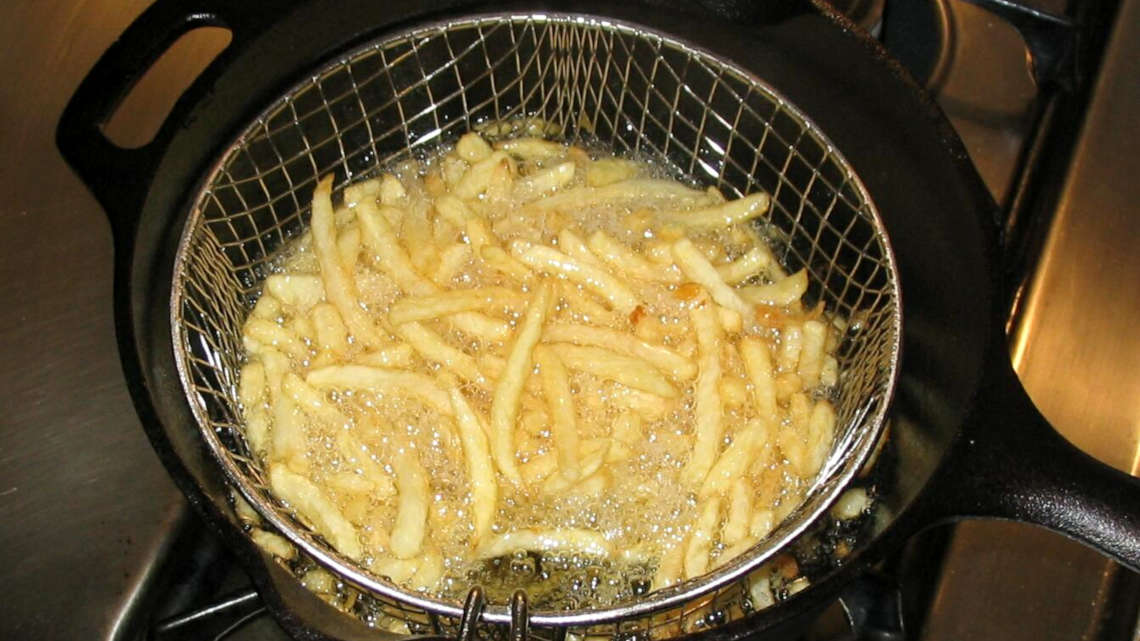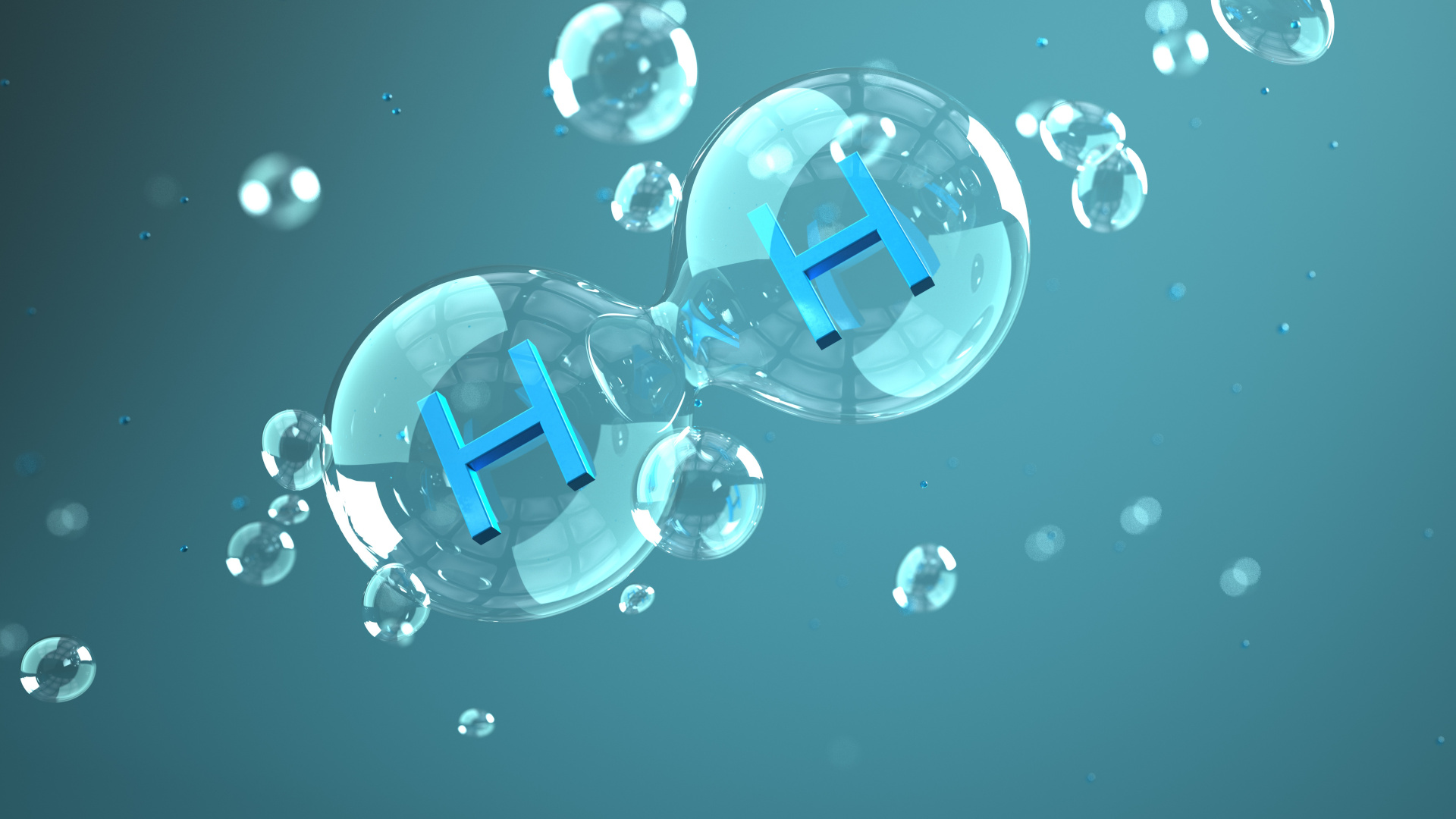High-quality fuels from waste
Hamburg researchers are developing biodiesel without sulfur and nitrogen from french fry fat and electrolysis hydrogen.

Conventional combustion engines will continue to play a role in transportation for some time to come. However, in order to achieve the climate protection goals, the fuels for these engines must not come from fossil sources. At the same time, biofuels should not compete with food and animal feed cultivation. One possibility is biofuels made from residual or waste materials. To this end, researchers at the Hamburg University of Applied Sciences (HAW) have now developed a production process that uses the fat from a deep fryer and hydrogen.
Raw material from canteen waste
The researchers get one part of the raw materials from the neighboring cafeteria: French fry fat. However, other used fats and oils and even plastic waste are also suitable in general. Cracking takes place at a comparatively low 370 degrees Celsius and does not require any sensitive catalysts. The other part of the raw materials, the hydrogen required for the subsequent hydrogenation step, is obtained at the university by electrolysis from water using regenerative energies.
High fuel quality
In this way, biodiesel, but also biofuel and biokerosene can be produced, which meet the industrial standard of quality from fossil raw materials. Even better: because the oil used is of vegetable origin, the fuels are free of sulfur and nitrogen. This makes this biofuel clearly superior to first-generation biodiesel made from vegetable oils or bioethanol made from sugar or starch.
Pilot plant planned
The development takes place in the research project X-Energy, more precisely in the sub-project READi-PtL (Power to Liquid). The Federal Ministry of Education and Research (BMBF) is funding X-Energy with around 680,000 euros. "The BMBF's X-Energy funding gives us the opportunity to scale up our existing process to the scale of a pilot plant together with the company Nexxoil in order to prepare the bio-oil for market maturity," says HAW researcher Thomas Willner, explaining the goal for the next two years. The new process should help to store electricity from renewable energy sources such as wind and sun in other energy sources. Since their availability fluctuates, a further challenge is to adapt the future plant to a fluctuating hydrogen supply.
bl/um


